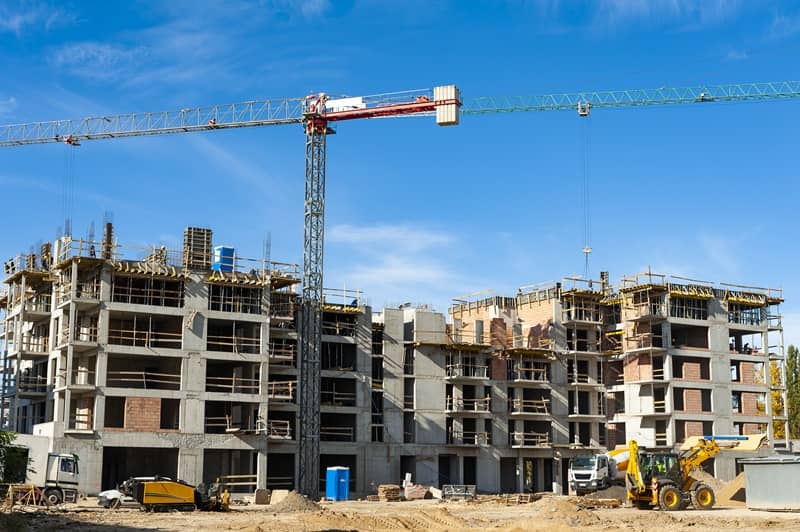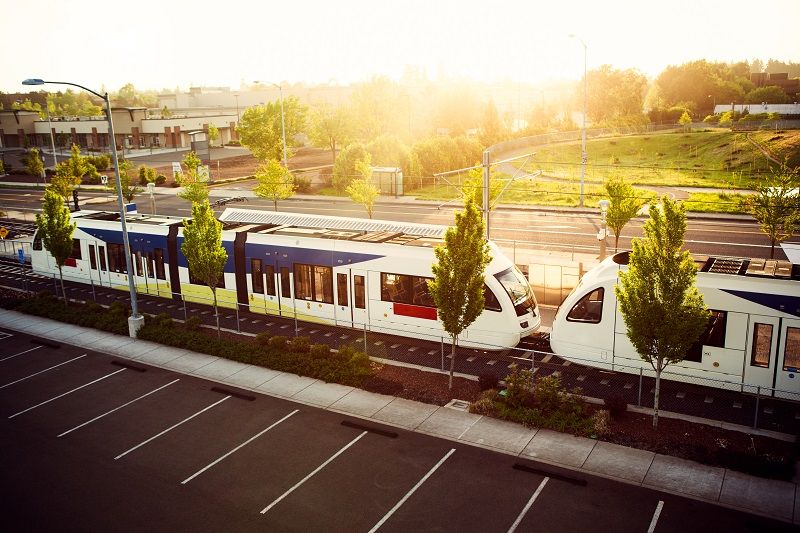By Randal O’Toole
So-called affordable housing is anything but affordable. Instead, it is mainly a scam that benefits developers far more than it helps low-income people.
By restricting most development to less than 1.5 percent of land in the state, Oregon’s land-use planning has made housing expensive. Politicians have responded by spending more tax dollars on subsidized housing, but this won’t make housing more affordable for most people and may even make it less affordable.
Congress started subsidizing housing on a large scale in 1950 by large housing grants to city governments. The projects that resulted were expensive and often proved unlivable, with some torn down just 17 years after they were built.
In 1986, Congress decided that the private sector could do a better job, so it began offering tax credits to developers worth as much as 70 percent of the cost of projects. In exchange for the credits, developers were required to rent apartments to low-income tenants at below-market rates for 30 years.
The credits are allocated to state housing agencies based on state populations, and the agencies give them to developers using competitive processes. Since then, Congress has created several more developer grant programs that have been joined by many state and local subsidized housing programs. The developers and the bureaucracies that fund them are often called the affordable housing industrial complex.
The scam works like this. A developer plans a housing project and seeks grants to cover 80 to 100 percent of the cost. This typically includes several million dollars in “developer fees” that the developer keeps up front.
After putting up almost none of their own money to build the project, they rent it out and, after paying operating costs, earn almost pure profits on those rents. When the 30 years are up, some developers keep rents low, but others have doubled or even tripled rents.
In the 1990s and 2000s, researchers found that subsidized housing projects typically cost 20 percent more per square foot than unsubsidized housing. Moreover, 10 to 20 percent of the tax credits go to non-profit organizations whose costs are another 20 percent higher than subsidized housing built by for-profit companies. The non-profits give the programs an aura of respectability but pay many of their staff members hundreds of thousands of dollars per year.
The non-profits don’t build housing themselves. Instead, they contract it out to the same construction companies that build other subsidized housing. Once built, they often contract operations out to for-profit housing managers, making the non-profits nothing but middlemen taking a cut of the housing funds.
Worse, in the late 1990s and early 2000s, many cities decided that they wanted high-density, transit-oriented developments along light-rail and other transit lines. These four- to six-story developments require more steel, concrete, and elevators, making them far more expensive than the two-story apartments that were commonly built with subsidized housing funds in the 1990s.
Surveys repeatedly show that about 80 percent of Americans would rather live in single-family homes than apartments, so many transit-oriented developments must be subsidized. Cities turned to low-income housing tax credits and other affordable housing programs for such subsidies.
This dramatically increased the costs of subsidized housing. Federal data show that, between 2002 and 2019, funding for subsidized housing more than doubled, yet the number of units built each year declined so that the cost per unit increased by 130 percent. This is unfair to taxpayers and potential low-income renters, but developers are happy to collect their millions of dollars in fees.
Subsidized housing does nothing to make housing more affordable. Studies have found that five new units of subsidized housing crowd out the construction of four units of market-rate housing. This drives up the price of the single-family homes that most people want.
Nor does subsidized housing particularly help low-income renters. Studies have shown that the developers capture more of the benefits of subsidized housing than the renters. Plus, in recent years, many units have passed their 30-year requirement for below-market rents, with more units expiring in some years than are being built, so the annual net increase in affordable housing is small.
Congress, state legislatures, and local governments should stop enriching developers who build expensive but cramped apartments that few people really want to live in. To make housing affordable again, Oregon and other states should abolish the land-use laws restricting new single-family housing developments. People who still need housing assistance should get it in the form of vouchers they can use for the housing they want rather than the housing some planner thinks they should have.
Randal O’Toole is an Oregon-based transportation and land-use policy analyst. He is an adjunct scholar at Cascade Policy Institute, for which he authored the 2024 report The Affordable Housing Scam. He is the author of several books, including American Nightmare: How Government Undermines the Dream of Homeownership.












